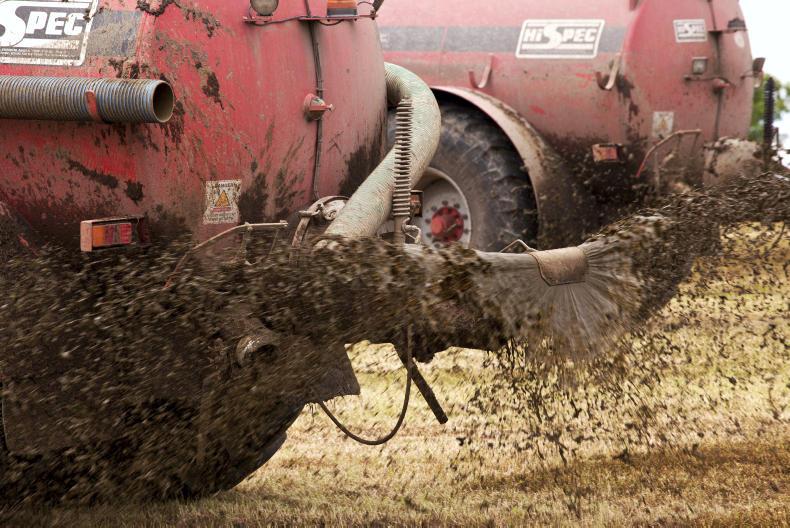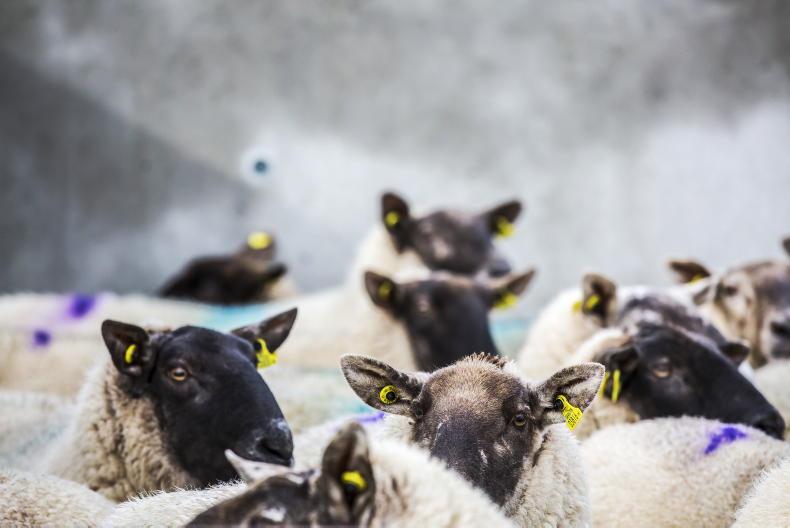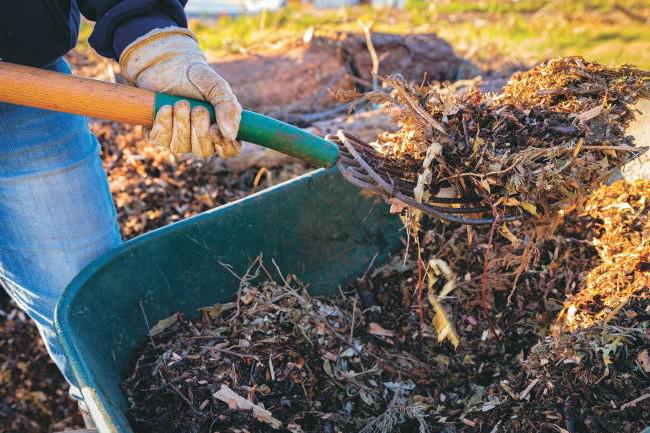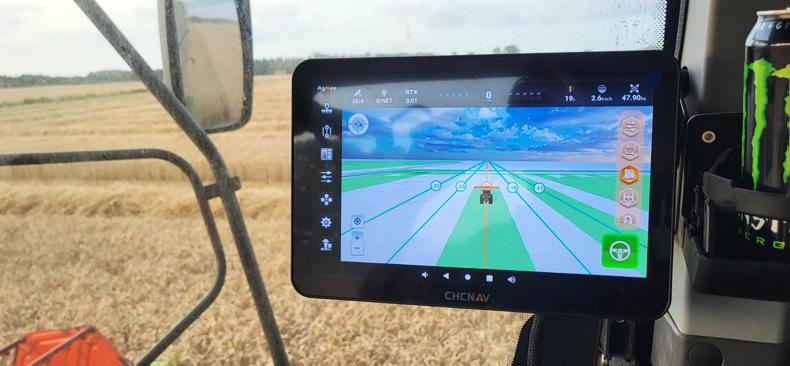The Republic of Ireland released 116,700t of ammonia into the atmosphere in 2016, crossing the EU-imposed ceiling of 116,000t for the first time. While Irish emissions jumped by 5% in the year following the abolition of milk quotas, our European commitments include cuts of 1% by 2020 and 5% by 2030.
According to the EPA, 90% of Ireland's ammonia comes from animal manures and 9% from chemical fertiliser.
“Ammonia limits have been breached due to the rapid expansion of dairy and beef production in Ireland in recent years. This underlines the challenge in designing appropriate policies that protect our environment in a growing economy”, EPA senior manager Stephen Treacy said.
The EPA report details that 2016 emissions jumped primarily as a result of a 6.2% increase from dairy cattle and a 2.8% increase from chemical fertiliser use.
"Limiting and reducing ammonia emissions into the future could be problematic given the strong performance of the agriculture sector in line with the ambitious targets of Food Wise 2025," the report adds.
Splash plate restrictions
One option under consideration is to restrict splash plate slurry spreading.
In a clean air consultation paper published last year, the Department of Communications, Climate Action and the Environment asked whether “a future end date on the use of splash-plate slurry spreading” should be set. In its reply, Teagasc estimated that at least half of Ireland’s cattle and pig slurry should be spread with trailing shoes to keep emissions within the targets.
NI proposed ban
In Northern Ireland, an expert group recently recommended a ban on splash plates and replacing CAN fertiliser with protected urea to tackle ammonia emissions.
IFA environment chair Thomas Cooney has called for increased TAMS funding for such low-emission slurry spreading equipment.
“Today’s ammonia figures issued by the EPA highlight the urgent need for action by the Department of Agriculture,” he said.
Ammonia levels are monitored because of the gas is harmful to human health.
Ammonia moves to top of environment agenda
'No decision' on splash slurry plates under air quality policy – Naughten









SHARING OPTIONS